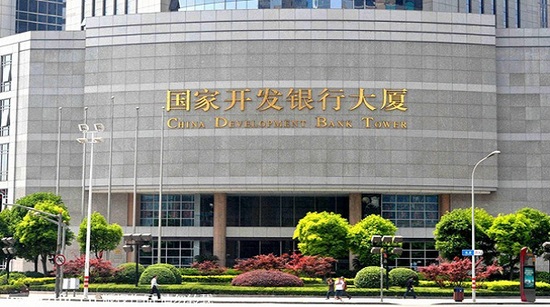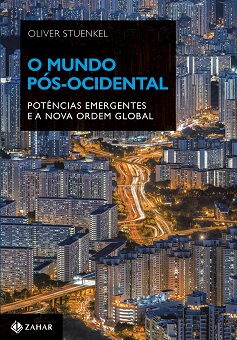
As the BRICS countries’ implementation commission is discussing the details of the BRICS Bank, to be presented prior to the 6th BRICS Summit in Fortaleza, members are unlikey to think up a bank from scratch. Rather, they look at succesful models around the world. In late 2012, the South African members of the group asked the Brazilian government to give a presentation on the Brazilian National Development Bank (BNDES), which enjoys a highly positive reputation abroad. The Brazilian government complied, but, given the great differences between a national development bank and a multilateral (or minilateral) bank, they also included the Latin American Development Bank (CAF) in the presentation. In a similar way, the committee looks at national and multilateral banks in Africa, Europe and Asia.
Aside from BNDES and CAF, one institutions is likely to gain most airtime during the debates: China Development Bank. China Development Bank and the China Export-Import (Exim) Bank in 2009 lent more money to other developing countries than the equivalent departments of the World Bank Group. CDB provides these loans in more than 90 countries and regions around the world. In short, CDB lies at the heart of China’s model of state capitalism – and of what has, over the past years, been repeatedly called the “Beijing Consensus”.
Even though the five BRICS countries are expected to have equal weight in the new institution, China’s weight – and ideas – will undoubtedly have an enormous importance, further increasing the likelihood that CDB paradigms will be used as a blueprint for the BRICS Development Bank. But what are these paradigms? Given that sinophobia is widespread (and often quite accepted) in global public opinion, many analysts tend to think of CDB as a ruthless predator bent on destroying local markets and spreading China’s influence. Yet it is worth having a closer look, particularly as the BRICS are seeking to establish their own institution, and assess whether CDB holds any useful lessons.
For example, a commonly held misconception about CDB is that it lends at concessional rates – yet despite the Bank’s importance in Chinese foreign policy implementation, it operates as a commercial bank and does not provide concessional loans. In fact, CDB’s loan rates are generally higher than that of the World Bank.
Interestingly, CDB issues bonds in both renminbi and foreign currencies, with increasing emphasis on issuing renminbi-denominated bonds as part of China’s
broader strategy of facilitating the use of the renminbi as a global currency in order to limit foreign exchange costs and reliance on the US dollar. Given this strategy, it is quite likely that the Chinese government will prefer the BRICS bank to operate in BRICS currencies (i.e. renminbi) rather than the US dollar. Would that be acceptable to the other BRICS?
Perhaps generating the most visible debate abroad about China’s aggressive tactics, CDB extends lines of credit to foreign governments and energy companies with loans secured by revenues from the sale of oil and gas (generally at market prices) to one of China’s national oil companies. That way, China gains more oil and gas than it can consume, turning it into a growing trader. Yet contrary to what critics argue, China buys the oil at market prices, not cheaper.
Friends of the Earth International (FoEI), an international network of environmental organizations, has recently published a highly interesting policy paper entitled “China Development Bank’s overseas investments: An assessment of environmental and social policies and practices“, in which it assesses one of CDB’s supposed weak spots: its environmental record. The report concludes that CDB has financed green initiatives of the Chinese government, such as the clean-up of major polluted waterways in China. Additionally, it is a leading financier for the expansion of Chinese companies into renewable wind and solar energy abroad.
Yet, the report criticizes that the Bank lacks publicly disclosed, sector-specific environmental and social policies, measures to include local communities in project decision-making processes; deal transparency and grievance mechanisms. Friend of the Earth recommends, among other issues, that the Bank involves and secures the rights of affected communities, promotes transparency and builds a more sustainable portfolio.
Activists have begun to call on the BRICS Bank to become environmentally responsible even before it has come into existence. The 5th BRICS Summit in Durban in March 2013, during which the creation of the Bank was decided upon, was accompanied by countless activist gatherings and debates about how to push the bank towards accepting tougher standards. Given that three of the BRICS Bank’s member governments – Brazil, India and South Africa – face a highly vigilant civil society, many of the projects CDB financed may be too controversial for the BRICS Bank. The new Bank can thus not only learn from CDB’s strengths, but also from its mistakes.
Read also:
Book review: “China’s Superbank” by Henry Sanderson and Michael Forsythe
Book review: “The Party: The Secret World of China’s Communist Rulers” by Richard McGregor
South-South cooperation: Towards a new paradigm?
Photo credit: IC;china daily








